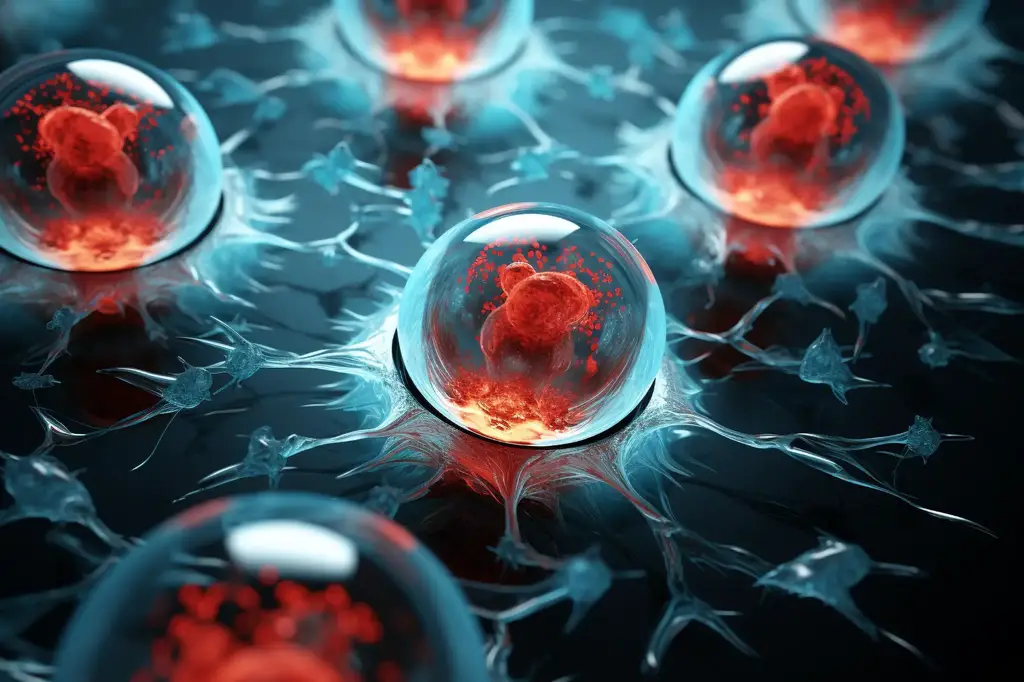AI can make artificial brains possible.
The AI that is connected with modern brain scanners can observe can follow the functions of the human brain in an extremely accurate way. The ability to control the system requires full-scale knowledge of the system that is under surveillance and its functions. The new AI-controlled systems can interconnect multiple scanners with the same database. And then the system can make it possible to create models of how a complex system like the human brain can work.
The artificial brain is one of the dreams of computer researchers. The model of those artificial brains is the copper wire which is multiple internal wires. Each of those thin wires is connected to the individual microchip. And then the switches and routers.
By connecting those thin copper wires. And microchips to a large entirety. The problem with this kind of system is that it requires lots of components. There must be switches and routers at the edge of all of those copper wires.
But theoretically, the electric wire used in stereo sets can act as the artificial axon. There is of course needed to connect those wires by using individual small-size switches and routers. And in these futuristic systems, the microchips are acting as neurons. Each of those wires requires microchips. And that makes this system quite hard to make.
"Scientists from Johns Hopkins University have harnessed artificial intelligence to visualize and track synaptic changes in live animals, aiming to enhance our understanding of brain connectivity changes in humans due to learning, aging, injury, and illness. By using machine learning, they were able to improve the clarity of images, enabling them to observe thousands of individual synapses and their changes in response to new stimuli". (ScitechDaily.com/Synaptic Secrets Revealed: Scientists Use AI To Watch Brain Connections Change)
"Evolutionary biologist Jay T. Lennon and his team have been studying a synthetic minimal cell with 45% of the genes eliminated, reducing it to the smallest set of genes required for autonomous life. Despite its reduced genome, Lennon’s team found that this minimal cell evolved as quickly as a regular cell, showing the inherent resilience of life". (ScitechDaily.com/Synthetic Evolution: Genetically Minimal Artificial Cells Prove “Life Finds a Way”)
Also, artificial life follows the path of evolution.
Researchers made evolution tests with artificial cells with minimal genomes. They removed all unnecessary genetic material from those cells. And those tests proved also artificial biological creatures can advance by following the evolution models. The minimal number of genetic material didn't stop evolution. And that thing is one of the most important observations when researchers make artificial organisms.
The ability to control genomes and connect DNA bites from different creatures together is the biggest possibility and the biggest threat. The ability to create artificial cells makes it possible to create cells that viruses cannot infect. The artificial cells can have internal structures that can destroy hostile DNA.
And one of these possibilities for that thing is the manipulated malaria organism that can hunt those viruses from inside the cells. Manipulation is one of the things where AI can be a more powerful tool than nobody expected. If researchers want to make plants that can resist cold or warm and ultraviolet they must just travel to an area where strong UV radiation or hot temperatures dominate the atmosphere.
Then they must collect genetic material and find the DNA sequence that unites those plants. Then researchers can transfer that DNA sequence to other species. AI is the ultimate tool for searching and combining DNA because that system can handle multiple objects at the same time.
AI can make evolution faster than it has ever been before. That thing means new opportunities and challenges for nature and researchers. The problem with AI and evolution is that AI can find wanted abilities from the databases in seconds. And then it can connect the DNA base-pair to the wanted DNA by using nanotechnology.
https://scitechdaily.com/synaptic-secrets-revealed-scientists-use-ai-to-watch-brain-connections-change/
https://scitechdaily.com/synthetic-evolution-genetically-minimal-artificial-cells-prove-life-finds-a-way/






No comments:
Post a Comment
Note: Only a member of this blog may post a comment.